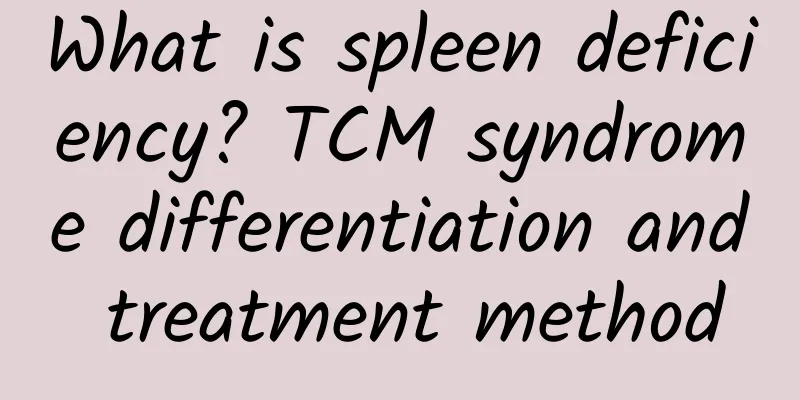Can brain injury cause epilepsy?

|
As we all know, the brain is one of the most important organs in the human body. All brain nerves control human behavior and sensory perception. Once the brain is traumatized, it will always directly affect the body. But there are always bumps and bumps or accidents in life that can cause brain damage. In severe cases of brain trauma, brain nerve disorders or nerve damage may occur, which may cause epilepsy. Post-traumatic epilepsy Epilepsy) is a serious complication after craniocerebral injury, especially severe craniocerebral injury, with an incidence rate of 0.5% to 50%. It can be divided into two categories: early epilepsy and late epilepsy. Early epilepsy usually occurs within 1 week after injury, accounting for 5%. Among them, 1/3 occurs within 1 hour after injury, 1/3 occurs within 24 hours, and 1/3 occurs 2 to 7 days after injury. The cause may be due to intracranial hemorrhage, depressed fracture stimulation, brain injury healing and secondary brain injury. The importance of early epilepsy lies in that it is a predictor of the occurrence of late epilepsy. About 25% of patients with early epilepsy develop late epilepsy. Symptoms: Although epilepsy attacks suddenly, it can be discovered immediately through early symptoms, and then treated and its attacks can be controlled. Some patients will be very irritable, in a bad mood, and easily excited in the early stages. In addition, patients will have some visual symptoms and auditory symptoms, etc. What are the early symptoms of epilepsy? (1) Early symptoms generally include irritability, restlessness, depression, bad mood, and frequent criticism or complaints about others. (2) Early symptoms of epilepsy include the following signs: ①Somatic sensory precursors. These include tingling, numbness, loss of sensation, etc. ②Visual precursors. It includes seeing moving or still spots of light, apertures, Mars, black spots, a mass of monochrome or colorful objects, etc. ③ Auditory precursors. Including hearing bells, birds, insects, machines, etc. ④ Olfactory precursors. This includes smelling pungent and unpleasant odors such as burnt rubber, fishy smell, sulfuric acid, etc. ⑤Taste precursors. This includes unpleasant tastes in the mouth such as bitter, sour, salty, sweet, and greasy. ⑥Emotional precursors. Including anxiety, uneasiness, depression, panic, etc., fear is the most common one. ⑦Psychological precursors. Including illusions, hallucinations, seeing or feeling things and scenes that do not actually exist, etc. In addition, there are also dizziness, upper abdominal discomfort, head discomfort, etc. Treatment 1 . Medical treatment first determines the type of epilepsy and then selects appropriate anti-epileptic drugs based on the electroencephalogram. The principles of medication are as follows: ① Use commonly used drugs first, start with one and sufficient dose, and gradually increase the dose if it is ineffective. If it is still ineffective, you can use a combination of drugs; ②The time of taking medicine should be determined according to the time of onset; ③Drug treatment should be continuous, otherwise it will be ineffective; changes, increases and decreases should be made gradually, and sudden discontinuation of medication can often lead to severe epileptic seizures; ④ During medication, it is necessary to test whether the effective blood drug concentration has been reached, and check blood count and liver function regularly. If allergic or poisoning symptoms occur, the drug should be stopped or changed in time. 2. Surgical treatment refers to the removal of epileptic lesions, and patient selection is particularly important. Preoperative EEG screening is of great significance. Indications for surgery are: ① Multiple electroencephalogram examinations confirmed that there was a fixed and localized epileptic focus in one cerebral hemisphere; ② The lesions should generally be in non-functional areas; ③Cases that meet the above conditions have not responded to systemic drug treatment. The effectiveness of surgery is related to strict case selection, accurate localization of epileptic lesions, and complete resection. The overall success rate of surgery is usually around 85%. It is worth mentioning that some patients still need to take medication after surgery, but the number of epileptic seizures is significantly reduced. In addition, patients and families should consider the possible complications of surgical treatment. 3. Combined treatment of nerve targeted repair therapy allows nerve growth factor to act on the injured site through intervention. Activate dormant nerve cells, realize self-differentiation and renewal of nerve cells, replace damaged and dead nerve cells, rebuild neural circuits, and promote the redevelopment of organs. |
<<: How to treat dizziness caused by brain trauma
>>: What to eat to replenish testicles
Recommend
Choose the best sleeping position and say goodbye to back pain
Some people find that they have back pain when th...
What kind of tea should I drink when my heart is hot?
Excessive heart fire has a great impact on health...
What are the obvious symptoms of gout patients in the late stage
Gout is a disease in which purine metabolism is i...
How to treat encephalitis? There is a good way to treat encephalitis
Encephalitis is mostly caused by viral invasion a...
Will vocal cord edema go away on its own?
Many people have weak vocal cords, and damage to ...
Traditional Chinese medicine treats bullae, and dialectical treatment has good results
Bullae, also known as bullous emphysema, is a ver...
What causes uneven tongue coating? What causes thick white tongue coating?
Many diseases of our human body, especially some ...
What are the symptoms of viral cough
The symptoms are caused by many kinds of viruses ...
How to make purple sweet potato flour
In addition to being eaten directly, the most com...
What diseases can be detected by routine leucorrhea examination?
When many women have a gynecological examination,...
What are the symptoms of a hot constitution?
In traditional Chinese medicine, the human body i...
Twenty-four solar terms health preservation and diet therapy
Health preservation pays special attention to the...
Ginger and Colitis
Colitis is a very common disease with many causat...
Bronchodilator hemoptysis medication
Hemoptysis caused by bronchiectasis is a very pat...
What to do if your feet are festering
What should you do if your feet are oozing pus an...









